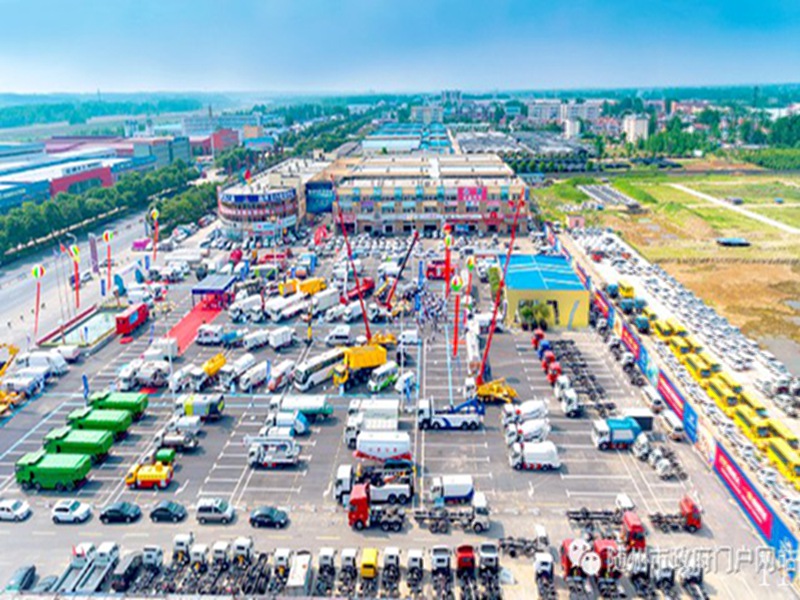Tanker Trucks: Innovations, Challenges, and Safety Advances in a Critical Industry
Tanker trucks, the workhorses of global logistics, continue to play an indispensable role in transporting liquids—from fuels and chemicals to food-grade products—across continents. As the industry grapples with evolving safety concerns, regulatory updates, and technological innovations, recent developments highlight both progress and persistent challenges.

Technological Leaps Enhance Safety and Efficiency
In a bid to reduce accidents and improve operational transparency, leading manufacturers are integrating advanced technologies into tanker designs. This year, several European firms unveiled tankers equipped with AI-powered sensors that monitor tank pressure, temperature, and structural integrity in real time. These systems alert drivers and fleet managers to potential leaks or equipment failures, enabling proactive interventions. For instance, a pilot program by a German logistics company reported a 30% drop in minor incidents after deploying the technology across its 200-strong tanker fleet.
Electric and hybrid tanker models are also gaining traction, particularly in urban areas aiming to cut carbon emissions. Norway, a pioneer in green transportation, recently introduced its first all-electric tanker for distributing biodiesel, with a range of 250 kilometers on a single charge. “Electrification isn’t just about sustainability—it reduces noise pollution in residential zones and lowers maintenance costs,” notes Erik Larsen, head of sustainable logistics at a Oslo-based firm.
Regulatory Shifts Address Global Concerns
Governments worldwide are tightening rules to address long-standing risks. In the United States, the Department of Transportation (DOT) announced new mandates this month requiring all hazardous material tankers to install automatic emergency braking (AEB) systems by 2026. The rule, which follows a string of high-profile collisions involving fuel tankers, is expected to prevent thousands of rear-end crashes annually.
The European Union, meanwhile, has updated its ADR (Agreement Concerning the International Carriage of Dangerous Goods by Road) regulations to enforce stricter driver training standards. By 2025, tanker operators transporting flammable liquids must complete 40 hours of specialized training on hazard mitigation, up from the previous 24 hours. “Human error remains a top cause of accidents,” says a spokesperson for the European Commission’s transport division. “These updates ensure drivers are better prepared for high-stakes scenarios.”

